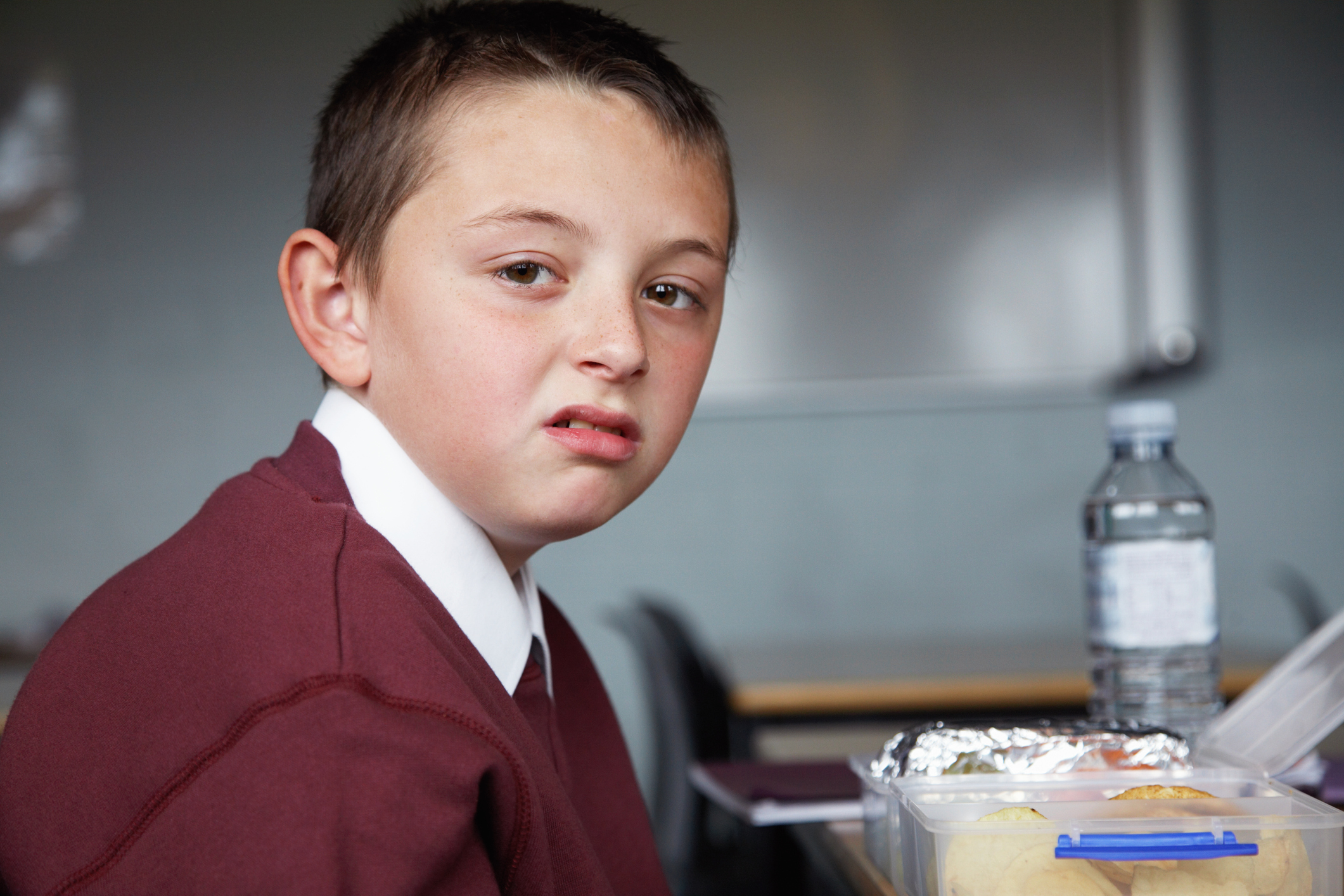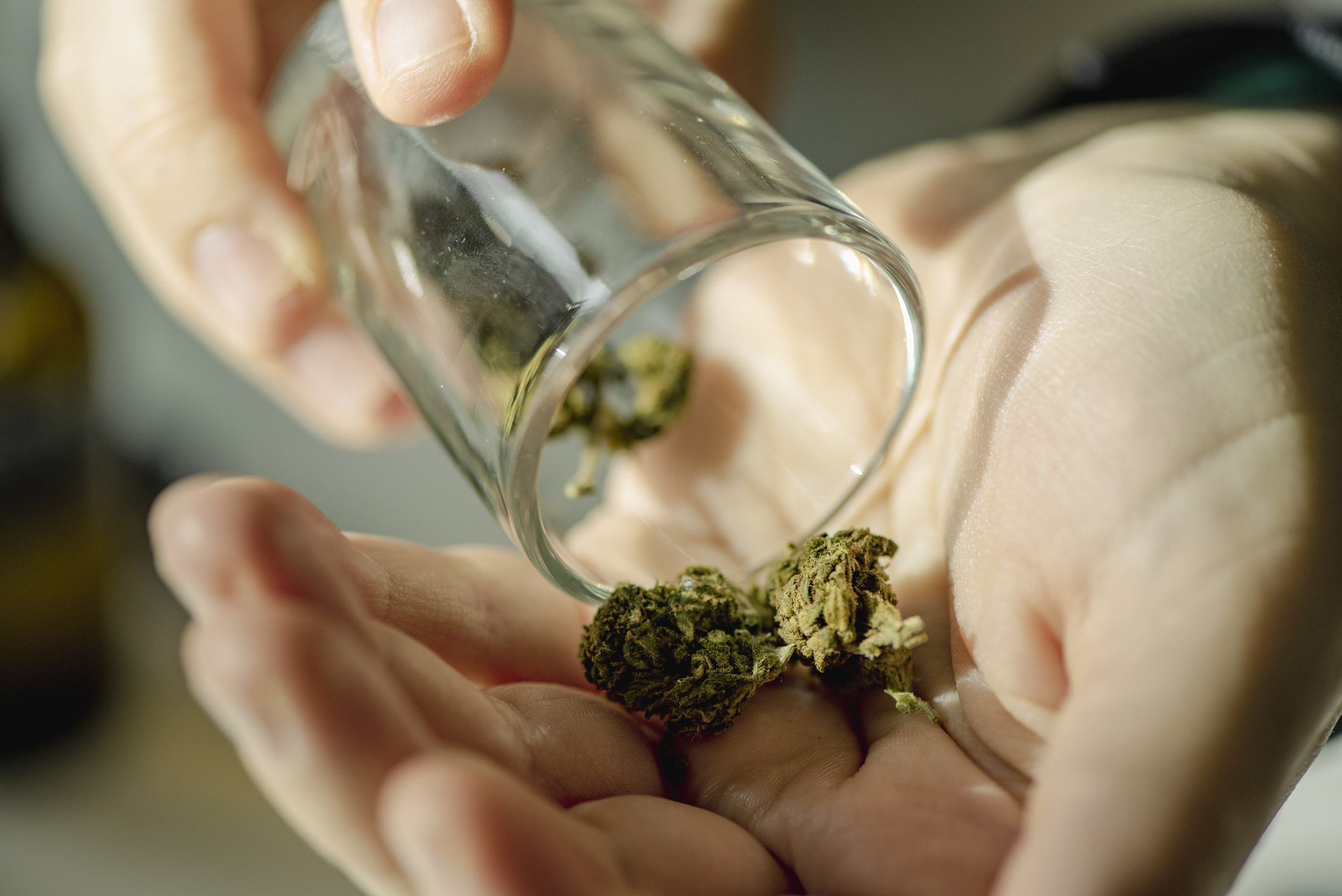The Biden Administration targets parents for trying to "ban" pornographic books.
The Disgusting Truth About Lunch

The obesity epidemic among children is not helped by what they are served at school.
In the United States, child obesity has gone from being a big problem to an epidemic of gigantic proportions. This problem shows no signs of shrinking.
The American Academy of Pediatrics (AAP) recently issued new clinical guidelines addressing the childhood obesity crisis. In addition to various weight-loss medications, medical doctors are also encouraged to offer the option of surgery to obese children. But the guidelines fail to discuss the root causes of childhood obesity.
The U.S. is home to 330 million people, including roughly 75 million children. Alarmingly, 15 million of these children are obese. Obese children are very likely to become obese adults. As Dr. Jeremy Daigle, a pediatrician and acting director of the Healthy Active Living Program at Advocate Medical, recently commented, the physical shape of a child at the age of six “can actually be a determining factor for what their future looks like.” Today, he adds, it has become common for young children to be diagnosed with adult diseases.
This is perhaps one of the reasons why the AAP decided to amend its new guidelines for the first time in more than a decade. However, although amendments were necessary, they are little good if key issues are not being addressed. Nowhere in the document are school lunches mentioned, for instance. Why not? After all, 30 million children now rely on school lunches for sustenance. These barely edible abominations play a huge role in children’s diets, as well as a major part in the obesity crisis.
The start of the childhood obesity problem can be traced back to the eighties. Around the very same time kids started getting considerably fatter, the quality of school lunches began to deteriorate.
It’s common knowledge that the country’s school lunches leave a lot to be desired, especially when one takes a look at school lunches on offer in other highly-developed countries. But it’s important to realize just how bad American school lunches really are.
Last year, Moms Across America (MAA) tested school lunch samples for heavy metals, glyphosate, pesticides, and veterinary hormones. According to the MAA report, “95.3% of the school lunch items contained carcinogenic, endocrine disrupting, and liver disease-causing glyphosate.” The ingestion of glyphosate, a herbicide and crop desiccant, is directly associated with metabolic disorders. Close to three-quarters of the samples contained “at least one of 29 harmful pesticides.” Four veterinary drugs and hormones were found in nine school lunch samples “at levels up to 130.76 ng/g.” Every single school lunch sampled contained heavy metals “at levels up to 6,293 X higher than the EPA’s maximum levels allowed in drinking water.”
Not surprisingly, the vast majority of the samples were devoid of any nutrients. Even more alarming than MAA’s findings is the fact that the report received very little coverage from the mainstream press. Remember, 30 million children, close to ten percent of the population, rely on school lunches for sustenance. This is a story worthy of attention and outrage.
The disgusting truth about school lunches is about to get considerably more disgusting. As Grace Chen noted last year, not only are children frequently fed garbage like chicken nuggets and hamburgers at school, a significant percentage of the meat consumed by children fails to meet even the lowly quality standards imposed by fast-food chains. “No parent would feed their child meat only fit for pet food or compost,” notes Chen, “yet meat from ‘old birds’ is exactly what children are being served at school.” Even KFC, a fast food restaurant that specializes in selling the masses inordinate amounts of sodium-drenched chicken, refuses to purchase such meat because of quality considerations, added Chen.
All of these findings beg the question: What, if anything, can be done to make school lunches safer, cleaner, and fit for human consumption?
In 2019, New York’s City Council passed Resolution 238, calling on the Department of Education to take immediate action and ban all processed meats in all public schools. It worked. Hot dogs, pepperoni, and other cancer-inducing processed meats were removed from the city’s public schools. Now is the time for an NYC-style push right across the country. Of course, banning processed meats is just the start.
Dr. Michelle Perro, a renowned pediatrician who has been sounding the alarm on the school lunch crisis for years, explains that, unlike school lunches in Brazil, Greece, Turkey, and France, where the meals are generally prepared from scratch and on site, school lunches in the U.S. are prepared industrial-style, “wrapped in plastic and microwaved, so that the plastics enter the food as well.” Moreover, she adds, “obesity is rampant because of ‘obesogens,’ endocrine-disruptors from plastics and pesticides in their food.” The U.S. government, she insisted, “needs to create a federal law regarding nutritious, organic, chemical-free lunches for our most vulnerable.” Sadly, though, Perro is not optimistic that this will occur, largely “because of regulatory agency capture and lobbying dollars from the processed food industry to elected officials.” If change does come, however unlikely, what should this change look like?
In Finland, school lunches have been recognized “as a vital investment in human capital” for decades. The Fins realize that childrens’ diets have a direct impact on the economy, at both a national and local level. They view good nutrition as a form of national development.
Some may dismiss this focus on government-funded nutrition as a socialist impulse characteristic of Scandinavian social democracy. But this has nothing to do with socialism and everything to do with raising healthy citizens. The Fins see the benefit in providing children with nutritious meals. They know it is an investment that pays off in the long run. Americans may not want the government to nanny the population by taxing sugary sodas or banning fast food. But as long as kids are going to school and eating lunch there, we may as well see to it that the lunches are nutritious and wholesome.
The American Mind presents a range of perspectives. Views are writers’ own and do not necessarily represent those of The Claremont Institute.
The American Mind is a publication of the Claremont Institute, a non-profit 501(c)(3) organization, dedicated to restoring the principles of the American Founding to their rightful, preeminent authority in our national life. Interested in supporting our work? Gifts to the Claremont Institute are tax-deductible.
The rise of pills to curb obesity raises some serious questions about the medicalization of life.
The way to fix our diet is simple—but it won’t be easy.
Rising cannabis consumption is a bad omen for our future.
When science gives way to quackery.
Self-government is the key to an active life.






